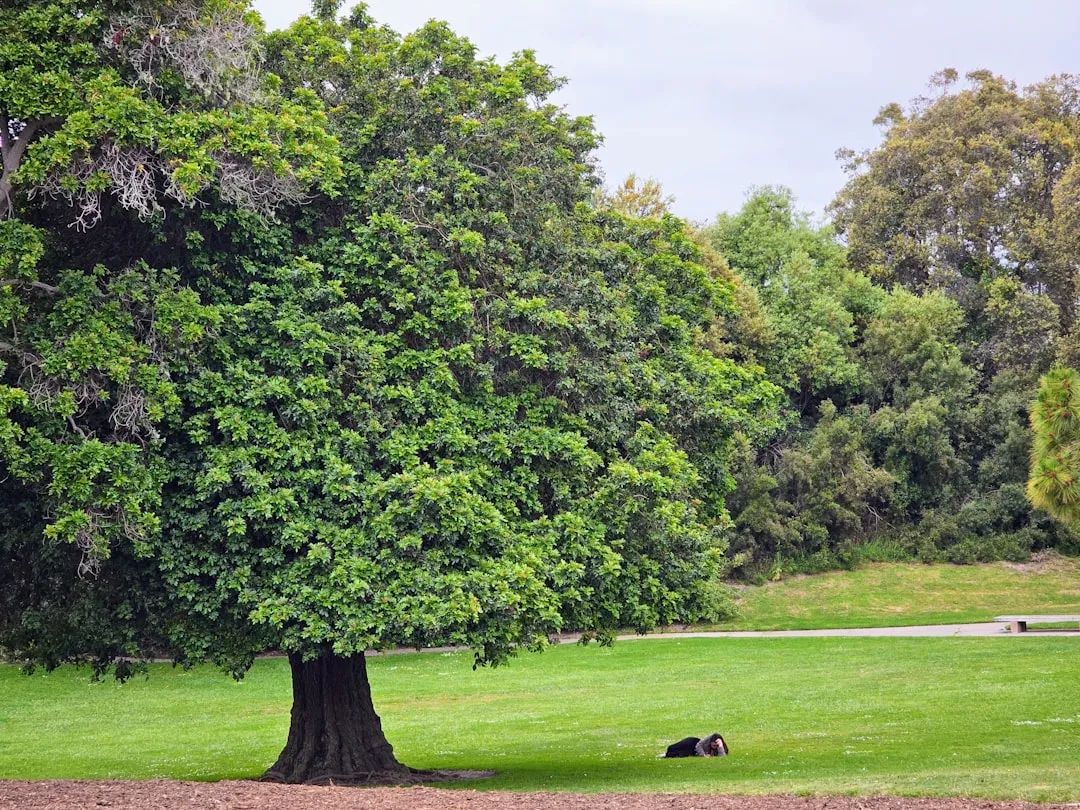Unveiling the Secrets of Lily of the Valley Care

Lily of the valley, with its delicate bell - shaped flowers and enchanting fragrance, is a beloved addition to any garden. This perennial plant brings a touch of elegance and charm, but it also requires specific care to thrive. In this article, we will explore essential care tips for lily of the valley, including the best times and methods for planting the rhizomes and strategies to control their spread.
Understanding Lily of the Valley
Lily of the valley (Convallaria majalis) is a low - growing, shade - loving plant. It typically blooms in the spring, producing small, white, nodding flowers that are not only beautiful but also emit a sweet scent. The plant has dark green, lance - shaped leaves that form a lush ground cover. However, it's important to note that all parts of the lily of the valley are toxic if ingested, so take precautions if you have children or pets.
Planting Lily of the Valley Rhizomes
The first step in growing healthy lily of the valley is to plant the rhizomes correctly. Rhizomes are underground stems that store nutrients and help the plant spread. Here's how and when to plant them:
When to Plant
The ideal time to plant lily of the valley rhizomes is in the fall or early spring. Fall planting allows the rhizomes to establish roots over the winter, giving them a head start for spring growth. If you plant in the spring, do it as soon as the ground is workable. This gives the plant enough time to develop before the heat of summer arrives.
How to Plant
Choose a location that receives partial to full shade. Lily of the valley thrives in areas with dappled sunlight, such as under trees or along the north side of a building. Prepare the soil by loosening it to a depth of about 6 - 8 inches. Add organic matter, like compost or well - rotted manure, to improve soil fertility and drainage.
Dig small holes about 2 - 3 inches deep and space the rhizomes about 6 - 8 inches apart. Place the rhizomes in the holes with the growing tips facing up. Cover the rhizomes with soil and gently firm it around them. Water thoroughly after planting to settle the soil and provide moisture for the roots.
Care and Maintenance
Watering
Lily of the valley prefers consistently moist soil. Water regularly, especially during dry periods. However, avoid over - watering, as soggy soil can lead to root rot. A good rule of thumb is to water when the top inch of soil feels dry.
Fertilizing
Apply a balanced, slow - release fertilizer in the spring when new growth appears. This provides the necessary nutrients for healthy foliage and flower production. Follow the package instructions for the correct amount to use.
Pruning
After the flowers have faded, you can cut back the flower stalks to keep the plant looking tidy. In the fall, once the leaves have turned yellow and died back, you can cut them down to the ground. This helps prevent the spread of diseases and prepares the plant for winter.
Controlling Spread
One of the challenges of growing lily of the valley is its tendency to spread aggressively. The rhizomes can quickly take over an area if not controlled. Here are some strategies to manage its spread:
Barriers
Install physical barriers, such as plastic or metal edging, around the planting area. Bury the edging at least 6 - 8 inches deep to prevent the rhizomes from spreading underground. This creates a boundary that the plant cannot easily cross.
Regular Division
Every few years, divide the lily of the valley clumps. Dig up the clumps in the fall or early spring and separate the rhizomes. Replant only the amount you want to keep in the desired area and discard the rest. This not only controls the spread but also rejuvenates the plant.
Monitoring
Regularly check the area around the lily of the valley for any signs of new growth outside the intended planting area. If you see new shoots, dig them up immediately to prevent further spread.
In conclusion, lily of the valley is a wonderful plant that can bring beauty and fragrance to your garden. By following these care tips for planting, maintenance, and spread control, you can enjoy a healthy and well - behaved lily of the valley display for years to come.